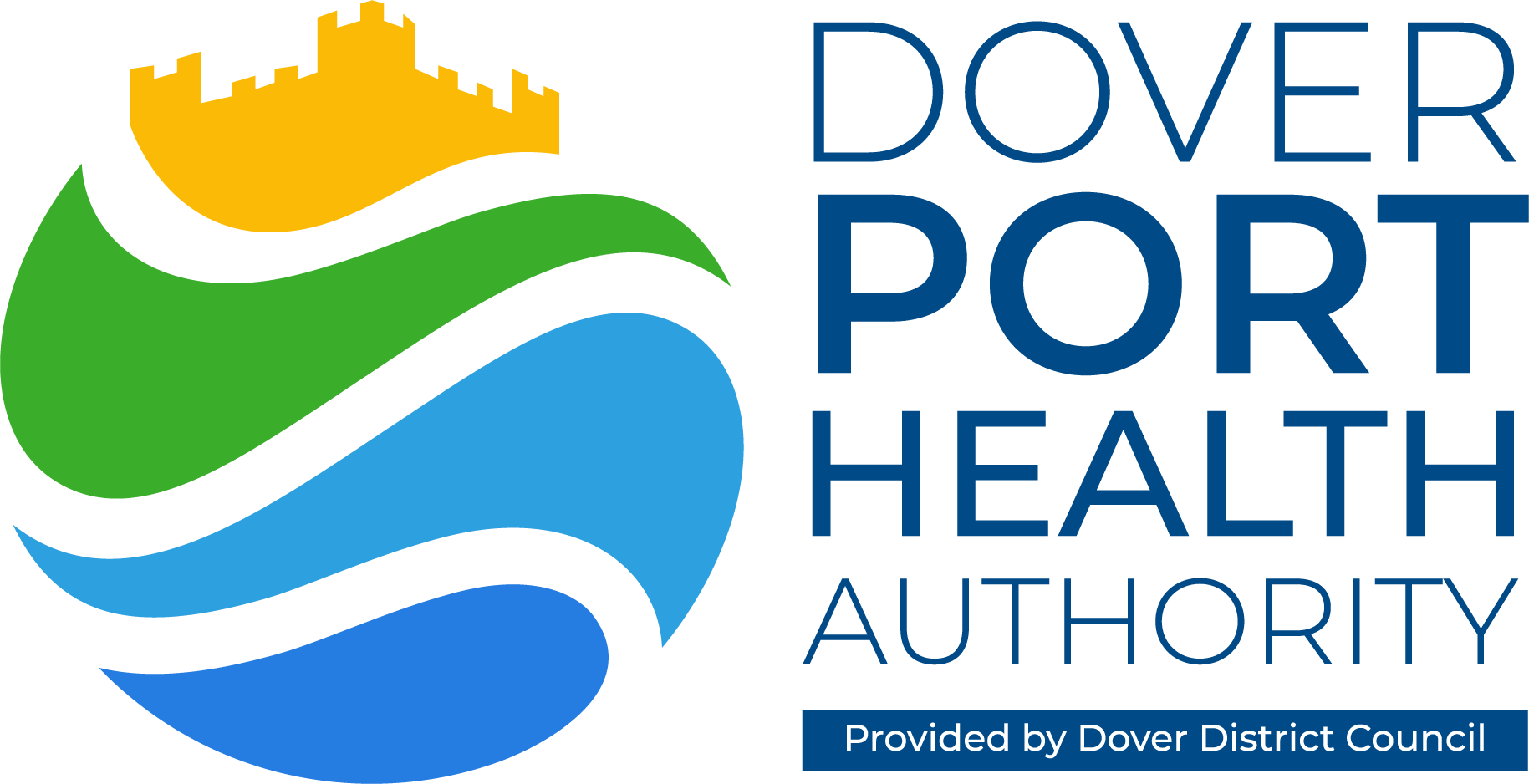DEFRAs summary of common errors identified via sample SPS documentary checks

Several common errors have been identified through the documentary checks undertaken since 31st January. DEFRA have summarised these and set out the official guidance related to these common errors to improve understanding and minimise errors being made in the future.
Common Error: Low risk consignments with no accompanying commercial documents
Guidance: Low BTOM risk category consignments must come with relevant commercial documents from the supplier.
You do not need to provide a health certificate.
Low risk consignments will not be subject to routine documentary, identity and physical checks. However, from 30 April 2024 checks may still be undertaken where intelligence indicates a specific risk.
Guidance on what a commercial document accompanying a low risk should contain is available here for animal products for human consumption.
Common Error: Composites being incorrectly categorised
Guidance: Goods are being incorrectly identified as composite products, and therefore classified as low risk when this is not the case. Ensure your exporter has confirmed that product is a composite following the process set out here.
Common Error: Multiple health certificates attached to a single pre-notification.
Guidance: Generally, each health certificate should be attached to a single import notification. This means a mixed load containing multiple medium risk goods should have multiple import notifications.
‘Compound’ products (a single product containing medium risk POAO which does not meet the definition of a composite) would be treated differently. Further guidance on ‘compound’ products is forthcoming.
Import notification Errors
Common Error: EU address being provided for the operator responsible for the consignment instead of a UK address.
Guidance: This should contain the name and address of the person in the UK in charge of the consignment. This person makes the declarations to the competent authorities either as the importer or on behalf of the importer.
Common Error: Not completing the establishment field in the CHED
Guidance: The establishment of origin should be included the import notification.
Common Error: IUU documents are being uploaded to IPAFFS when they should be notifying the entry BCP directly.
Guidance: As per the Gov.uk guidance it currently remains a requirement to send IUU notifications direct to PHAs.
From April 30th the process will change, and the importer should attach the IUU notification to the IPAFFs notification. Importing or moving fish to Great Britain from 30 April 2024
To import or move fish to Great Britain from 30 April, you will need to:
- continue to follow existing import requirements
- upload your IUU documents (if applicable) to IPAFFS (instead of providing them to the port health authority)
- input required information from your IUU documents into IPAFFS
- ensure your goods enter Great Britain through a point of entry with a border control post (BCP) that is designated to check your commodity
If a port health authority identifies a problem with your documentation, they will be able to carry out physical checks for both IUU and SPS purposes. This will apply for all consignments, including those in the low risk category.
Export Health Certificate Errors
Common Error: Attestation incorrectly deleted
Guidance: Check attestations are completed in accordance with the model certificate 'notes for completion' and all non-applicable attestations are correctly deleted or omitted from the certificate.
Deletions carried out by hand must be initialled and stamped.
If completed electronically as a verifiable PDF the signature and stamp per page is sufficient.
Common Error: Incorrect model certificate provided
Guidance: Competent authorities in EU countries must provide a health certificate to exporters of animals and animal products to Great Britain (England, Scotland and Wales), the Channel Islands and the Isle of Man.
The model health certificates cover all of the import requirements for animals and animal products in Great Britain, the Channel Islands and the Isle of Man.
You must not directly copy the model health certificates provided on GOV.UK. Competent authorities should create their own official documents for use by exporters. These should include all the information from the model certificates. Certain consignments have been imported using certificates bearing the ‘model certificate only’ watermark that have been downloaded from Gov.uk.
If your product is medium risk and no EHC is provided for it on Gov.uk, you may need an import license or authorisation. More detail is available on Gov.uk
If your product is medium risk and an EHC is provided for it on Gov.uk but you are unable to obtain an EHC from an EU competent authority, you should contact imports@APHA.gov.uk
Common Error: Signature errors
Guidance: If a paper certificate is used it must bear the signature and stamp of the certifying officer.
Verifiable PDF certificates must bear a valid digital signature.
Common Error: Pages not numbered or numbered incorrectly
Guidance: All pages of the certificate must be sequentially numbered.
Common Error: No regionalisation code provided
Guidance: If a product is subject to regionalisation measures, you must include the correct regionalisation code as selected from the list on Gov.uk
